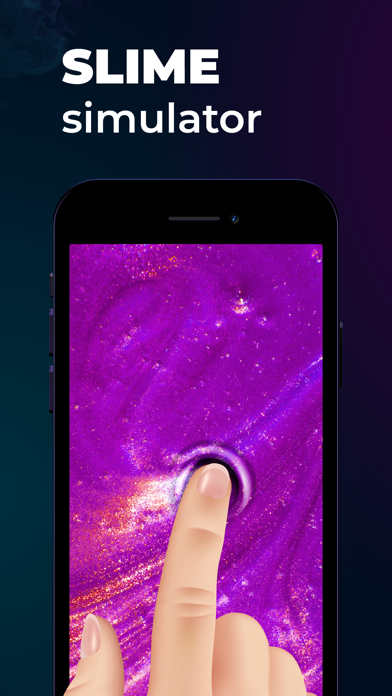Feelsy: Stress Relief App Review - Sensory Relaxation Technology
by PLAY4FUN APPS
Feelsy offers multisensory relaxation through 3D/4D textures and soothing sounds. The iOS app targets users seeking stress reduction, anxiety management, and improved sleep quality through visual and auditory stimulation.
Detailed Review
Feelsy: Stress Relief · Relax positions itself as a digital wellness tool that leverages multisensory stimulation to promote relaxation and mental calmness. The application combines visual textures with ambient audio to create what the developer describes as an Autonomous Sensory Meridian Response (ASMR)-like experience, targeting users seeking non-medical stress management solutions in an increasingly digital wellness market.
The application's core functionality revolves around its library of 3D and 4D visual textures that respond to user interaction, paired with curated soundscapes ranging from natural environments to synthetic frequencies. These elements work in concert to create what the developer terms 'digital tactile experiences' that can be customized through various intensity settings and duration timers. The content is organized into themed collections targeting different outcomes—sleep induction, anxiety reduction, or momentary relaxation—with new content added through regular updates.
User experience is characterized by minimalistic interface design that prioritizes immersion over complex navigation. The interface employs intuitive gesture controls for manipulating visual elements and includes preset combinations of visuals and sounds designed for specific scenarios like pre-sleep routines or work breaks. Performance analysis indicates smooth rendering of visual elements across supported iOS devices, with particular optimization for newer hardware capable of handling the application's demanding graphical requirements.
With no user reviews available at the time of assessment, the application's reception cannot be empirically verified through third-party experiences. The absence of user feedback presents a limitation in evaluating real-world effectiveness and potential usability issues that might not be apparent during controlled testing. This gap in user validation means potential users must rely solely on the developer's claims and professional evaluation until community feedback emerges.
The application demonstrates strength in its innovative approach to digital relaxation through combined sensory stimulation, though its effectiveness remains subjective and dependent on individual response to sensory triggers. Limitations include the lack of scientific validation for its claimed benefits and potential accessibility issues for users with visual or auditory sensitivities. Ideal use cases involve short relaxation sessions during work breaks or as part of bedtime routines, particularly for individuals who respond positively to visual and auditory stimulation.
Key Features
- •3D/4D interactive textures that respond to touch gestures creating tactile visual feedback for immersive relaxation
- •Curated sound library featuring ambient noises and frequency-based audio designed to complement visual experiences
- •Customizable session timers and intensity controls allowing users to tailor experiences to specific needs and time constraints
- •Themed content collections organized by desired outcomes including sleep, focus, and stress reduction scenarios
- •Offline functionality enabling use without internet connection for reliable access in various environments
- •Regular content updates introducing new visual textures and audioscapes to maintain engagement over time
Why Users Love It
Innovative multisensory approach
High-quality visual rendering
Perfect for: Individuals seeking digital stress relief through sensory stimulation
Screenshots






App Details
Other Books Apps
Audible: Audiobooks & Podcasts
Audible, Inc.
IOS 4.9
#1Amazon Kindle
AMZN Mobile LLC
IOS 4.9
#2Galatea: Books & Audiobooks
Inkitt
IOS 4.6
#3Libby, the library app
OverDrive, Inc.
IOS 4.9
#3Women's Bible: Verse & Prayer
Rocketshield Browser Technology Limited
IOS 4.9
#4GoodNovel - Booktok, Stories
SINGAPORE NEW READING TECHNOLOGY PTE. LTD.
IOS 4.5
#5